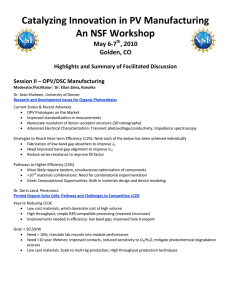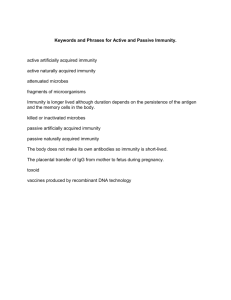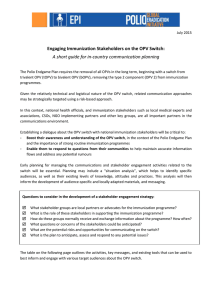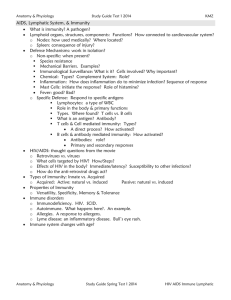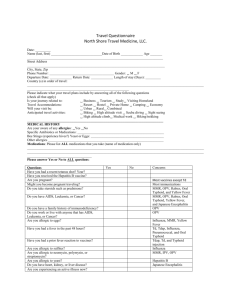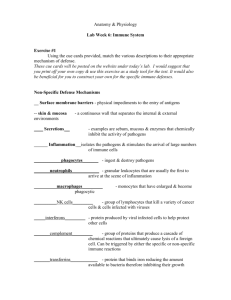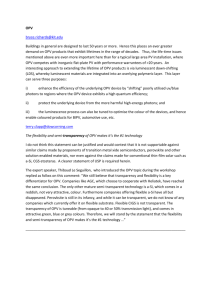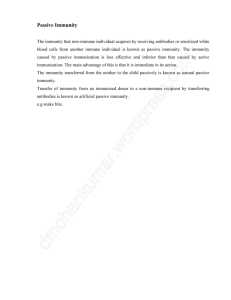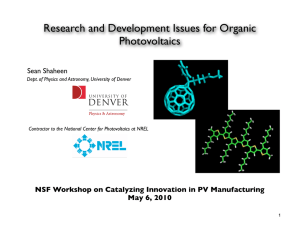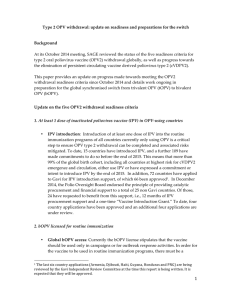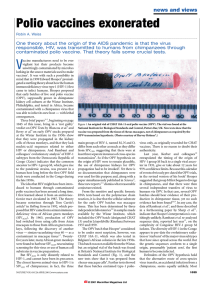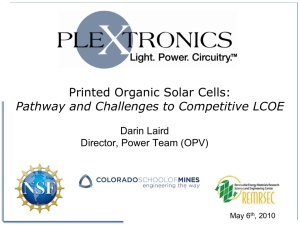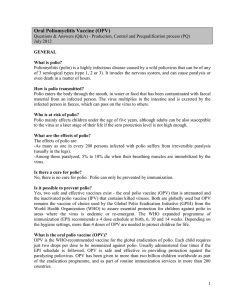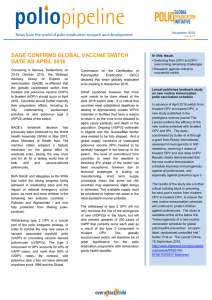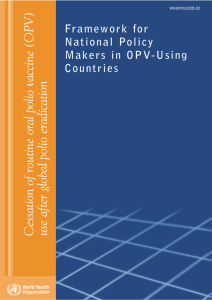Microscopy: History, Usage, and Utility
advertisement
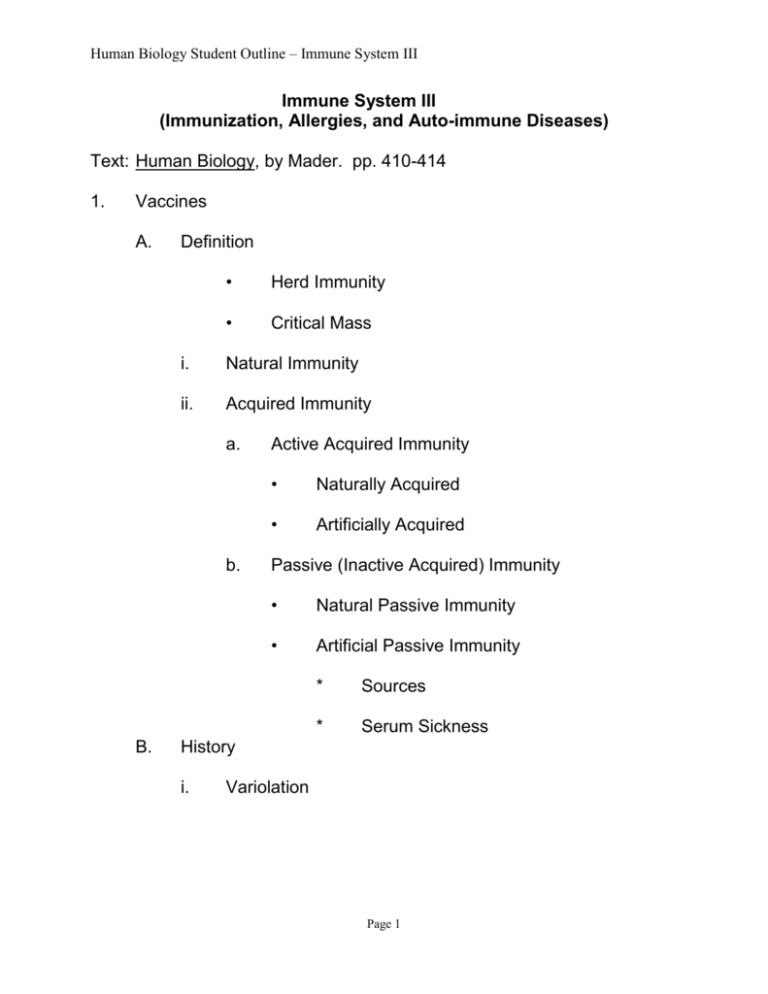
Human Biology Student Outline – Immune System III Immune System III (Immunization, Allergies, and Auto-immune Diseases) Text: Human Biology, by Mader. pp. 410-414 1. Vaccines A. Definition • Herd Immunity • Critical Mass i. Natural Immunity ii. Acquired Immunity a. b. B. Active Acquired Immunity • Naturally Acquired • Artificially Acquired Passive (Inactive Acquired) Immunity • Natural Passive Immunity • Artificial Passive Immunity * Sources * Serum Sickness History i. Variolation Page 1 Human Biology Student Outline – Immune System III 4. Vaccine Types A. Attenuated Living Pathogens i. ii. Bacterial a. Tuberculosis b. Anthrax Viral a. Polio (Sabin) • b. MMR • • • B. iii. iv. Drawbacks Killed or Inactivated Pathogens Production Inactivated Exotoxins (Toxoids) i. Toxiods (in DPT) a. b. 5. Measles Mumps Rubella c. Rabies Recombinant DNA Technology i. 5. Oral Polio Vaccine (OPV) Diphtheria Tetanus Vaccine Effectiveness Page 2 Human Biology Student Outline – Immune System III 6. A. Living B. Non-living Immunization Schedule for Children A. Recommendations RECOMMENDATION IMMUNIZATION COMMENTS 2 months DTP, OPV can be done at 2 weeks during an epidemic or if the organism is endemic 4 months DTP, OPV 2 month interval from previous OPV to avoid interference from previous dose 6 months DTP, (OPV) OPV is optional (useful in areas where there is increased risk) 15 months Measles, Mumps MMR is preferred to Rubella (MMR) individual vaccines; Tuberculin testing may be done. 18 months DTP, OPV, Varicella 24 months HIB-Conjugate Vaccine 4-6 Years DTP, OPV At or before entry to school 14-16 Years Td Repeat every 10 years throughout life 7. Boosters Page 3 Human Biology Student Outline – Immune System III 8. Antisera • A. Antitoxin i. ii. B. Serum Sickness Tetanus Botulism Sources 7. Duration 8. Allergic Responses A. Immediate Allergic Response 9. Autoimmune Diseases 10. Tissue Rejection Page 4
